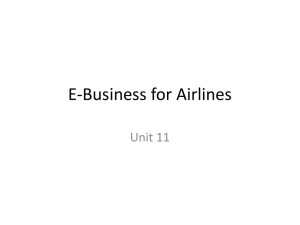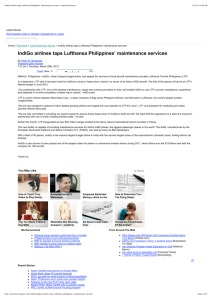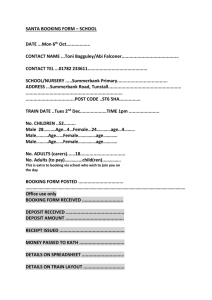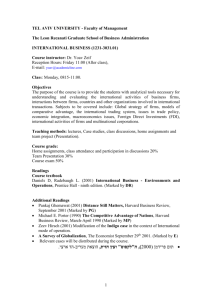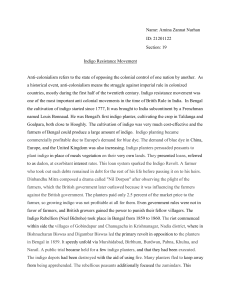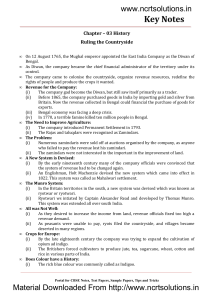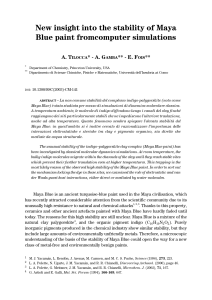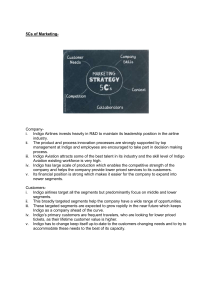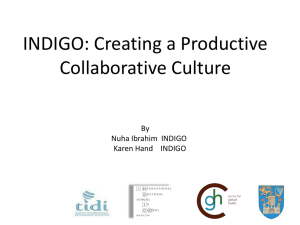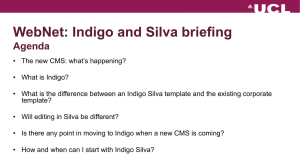REVIEW OF THE INDIGO AIRLINES
advertisement
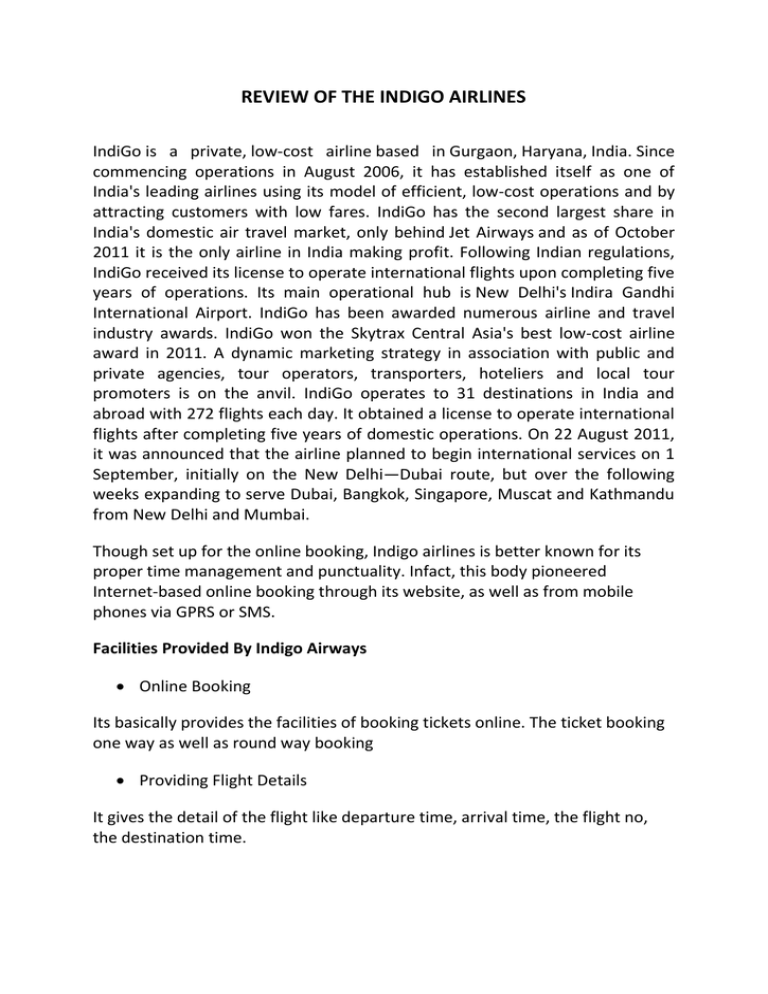
REVIEW OF THE INDIGO AIRLINES IndiGo is a private, low-cost airline based in Gurgaon, Haryana, India. Since commencing operations in August 2006, it has established itself as one of India's leading airlines using its model of efficient, low-cost operations and by attracting customers with low fares. IndiGo has the second largest share in India's domestic air travel market, only behind Jet Airways and as of October 2011 it is the only airline in India making profit. Following Indian regulations, IndiGo received its license to operate international flights upon completing five years of operations. Its main operational hub is New Delhi's Indira Gandhi International Airport. IndiGo has been awarded numerous airline and travel industry awards. IndiGo won the Skytrax Central Asia's best low-cost airline award in 2011. A dynamic marketing strategy in association with public and private agencies, tour operators, transporters, hoteliers and local tour promoters is on the anvil. IndiGo operates to 31 destinations in India and abroad with 272 flights each day. It obtained a license to operate international flights after completing five years of domestic operations. On 22 August 2011, it was announced that the airline planned to begin international services on 1 September, initially on the New Delhi—Dubai route, but over the following weeks expanding to serve Dubai, Bangkok, Singapore, Muscat and Kathmandu from New Delhi and Mumbai. Though set up for the online booking, Indigo airlines is better known for its proper time management and punctuality. Infact, this body pioneered Internet-based online booking through its website, as well as from mobile phones via GPRS or SMS. Facilities Provided By Indigo Airways Online Booking Its basically provides the facilities of booking tickets online. The ticket booking one way as well as round way booking Providing Flight Details It gives the detail of the flight like departure time, arrival time, the flight no, the destination time. Providing International Flight Services It’s the new feature that is provided by the Indigo Airlines. Now reviewing the project from 4 different object oriented perspectives: Data Encapsulation Data Abstraction Polymorphism Inheritance DATA ENCAPSULATION: Privately accessed methods : Methods that accept the details of users are completely hidden from external use. The methods accepting the registration/login details such as username, password, etc were stubborn and could only be accessed privately. Everytime the user wants to book something he is asked to login to make the data more secure. When developing a Web application, it becomes very critical that the database be completely hidden from the end user. DATA ABSTRACTION: The most important trait of a well-developed application is that only the essential features are made obvious to the end user. Critical dimension variables and attributes of the database very not made available to the user. Even in the user category is divided into guest and user.Guests have rights to access public methods but users can login and can access more private information about them and update it by logging in with their ids. On the other hand, essential details such as text boxes for user names and passwords were presented at appropriate times. INHERITANCE: Inheritance is not used on a larger scale in the Indigo Airlines.The shipping address in case of e-tickets is inherited from the registration class. POLYMORPHISM : Polymorphism was not used in the application as the functions or services provided by the application are distinct.No service or function having the same name or property show different behavior with respect to certain inputs. ADVANTAGES OF THE SYSTEM: System is Easy to use and understand. Constant Updation of the Database providing the users lastest offers. DRAWBACKS OF THE SYSTEM: No authentication when booking flight tickets.Login not required. FUTURE ENHANCEMENTS: Proper Authentication wherever transactions are to be delt with. CONCLUSION: Thus, a review of the Indigo AIrlines has been achieved which tests the project on how object-oriented it is and gives a detailed analysis of the concepts of object orientation with respect to the project.
